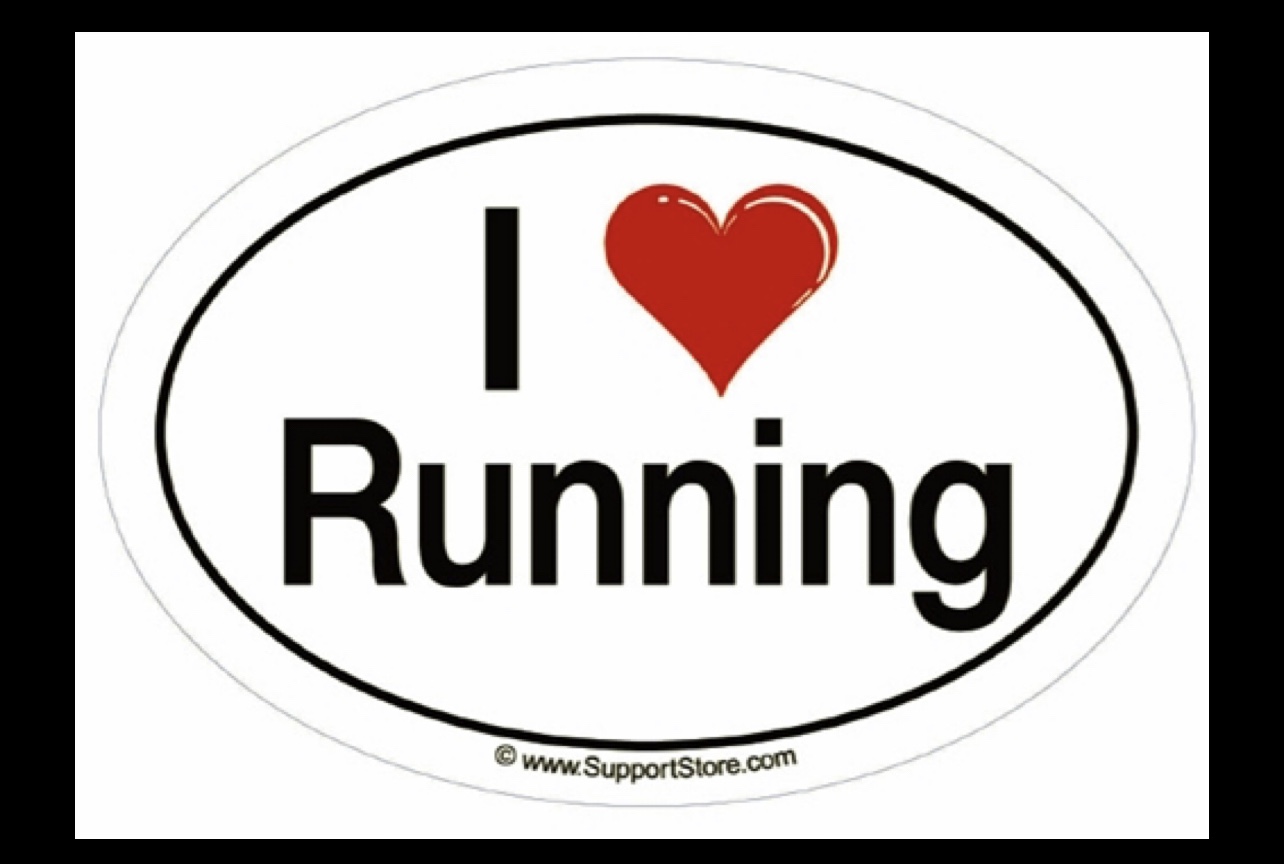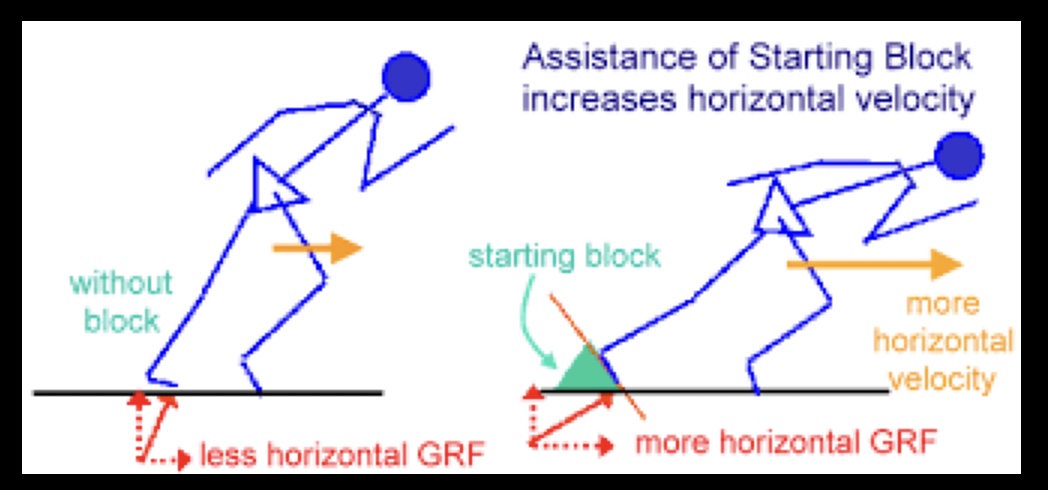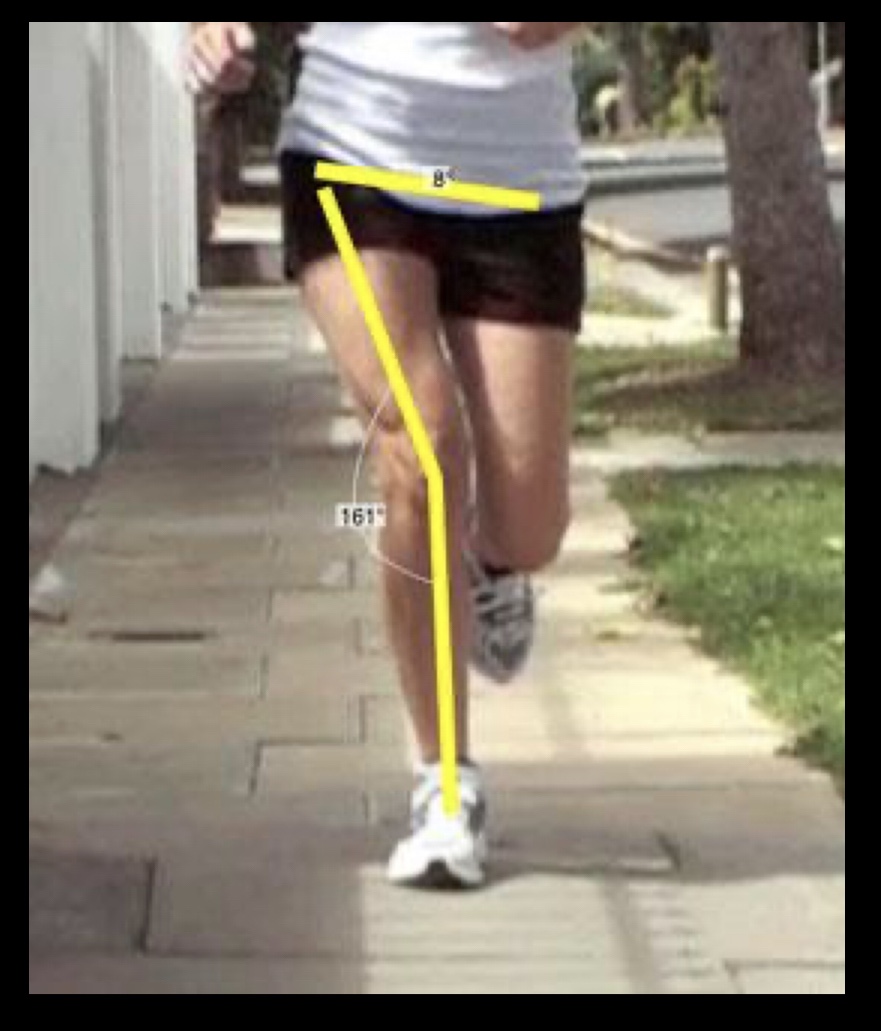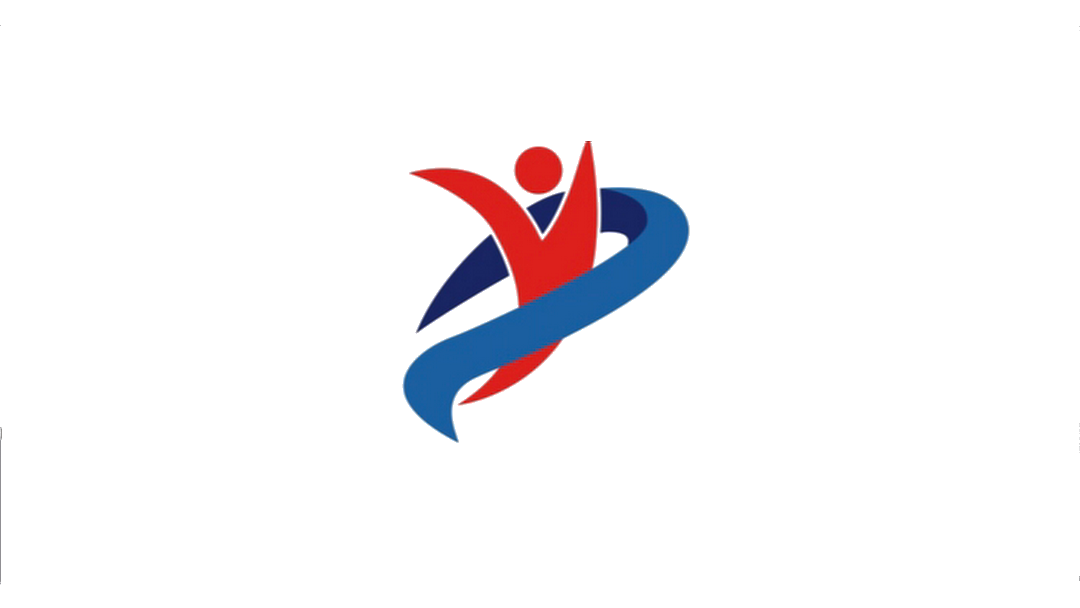What makes running so addicting? You are on your own schedule meaning you can do it whenever you have free time, no commitment needed- no fees or contracts, you can do it anywhere without requirement of expensive equipment that you need to cary around, helps to clear your mind and gives you energy to focus on your day, keeps your belly flat and your muffin top slim.
 Runners are determined athletes and will do anything to get out of the pain they are in to go back to their running schedule/routine. Most common runners injuries are hamstring strain, IT band syndrome, shin splints, knee cap pain and tracking problems, Achilles tendinitis, plantar fasciitis and stress fractures. Injury risks also increases with sudden increase in training, overuse and runners mentality of “running through pain”.Pain is a way of our body’s scream for help! Please do not ignore it because you will pay a higher price in the long run. Lets look at the reasons as to why those injuries happen frequently in runners.
Runners are determined athletes and will do anything to get out of the pain they are in to go back to their running schedule/routine. Most common runners injuries are hamstring strain, IT band syndrome, shin splints, knee cap pain and tracking problems, Achilles tendinitis, plantar fasciitis and stress fractures. Injury risks also increases with sudden increase in training, overuse and runners mentality of “running through pain”.Pain is a way of our body’s scream for help! Please do not ignore it because you will pay a higher price in the long run. Lets look at the reasons as to why those injuries happen frequently in runners.
Top 5 muscle imbalance patterns in runners

1- Pelvic drop and dynamic knee valgus: Aka “girly run” this is the situation where your hips drop horizontal when you are running and your knees tend to turn and collapse in. Perfect situation for your IT band and your knee cap to get angry.

2-Excessive foot pronation: orange line presents the midline for your shin bone and purple line presents the midline for your heel. You would want them to be more in line for optimal alignment, right? yes you would! Now, you can see why you would be more prone to getting plantar fasciitis and stress fractures.

3- Excessive vertical displacement: Typical walking is characterized by a smooth vertical rise and fall of the body, occurring once with each step. When we start picking up some speed, that becomes more obvious to observe. When you are running the ultimate goal is to move forward not jump up and down. Save your Achillies and focus on striding forward.

4- Lack of arm swing: ties in with excessive vertical placement. Part of your natural walk is to swing your arms, turn your torso, and take your next stride. Since arm swing also facilitates trunk motion, this reserves more energy for us. If you lack arm swing then the rest of the actions are inhibited. You end up jump up and down more than you stride forward, you overwork your calves and you are less efficient. Lack of unilateral arm swing can be due to one sided weakness, whereas bilateral can be due to stiffness in your upper back.

5-Trunk lean: can be leaning back, forward or to one side of the body while your run. Leaning forward can be due to tightness in your hip flexors or lack of extension in your back. Whereas leaning back can be compensating in your trunk to stride your leg forward or tightens in your low back muscles. Leaning to one side is usually form strength deficits in your hips and core.
Self-Help
- Besides getting the proper gear that is tailored for your own needs, you need to incorporate strengthening and flexibility workouts to your agenda.
- Focus on your hips, torso and upper back as your strength training- you have done enough biceps curls and knee extensions.
- Incorporate mobility tools as part of your mobility workout: I like using tools from Rogue fitness- battle star, gemini, supernova and rockbands work wonders!
Images Retrieved from:
http://www.bondiband.com/product-p/misc-1131.htm
http://www.informrunning.com/2014/11/itb-pain-solutions-inform-running/
http://runblogger.com/2010/08/on-overpronation-and-neutral-running.html
http://www.hydra-gym.com/research/RSH_Biomechanicsofrunning.pdf
